|
By Leah Parker, MAEd, Barclay Genealogy Researcher In our last blog post, we explored Dunnottar Castle. You may recall that I recommend you visit in the morning to avoid crowds and gusty afternoon winds that sometimes close access to the castle. After visiting Dunnottar, make your way to the nearby town of Stonehaven. There is a lovely trail that follows the coast from the castle to town, and it is easily walkable. I would suggest that you drive over, though, freeing up space in the small car park for the castle. After a morning visit to the castle, it will be the perfect time to get lunch in Stonehaven. The Waterfront Café and Bar on Allardice St. (B979) is a nice place with a lovely view. Then be sure to visit Barclay Street. If you go to the north end of the street, there is a large sign that says “Barclay Street” in front of a stone wall, and it makes for a fun photo opportunity. Now for a little history. Stonehaven is a pretty coastal town south of Aberdeen, heavily influenced by our Barclay kin and their friends and family. History of the Scottish Barclays explains on p 58: “Robert Barclay [Urie V], was born 27th November 1732, and succeeded his father 10th October 1760. He sat as M.P. for Kincardineshire in three successive Parliaments, and was well known in Scotland as a practical agriculturalist. The Laird laid the foundations of the new town of Stonehaven [on the old town of Stonehyve] by feuing certain lands which he had acquired. He died 8th April 1797. He married, first, 3rd June 1753, his cousin Lucy Barclay, only daughter of his uncle David and by her who died 23rd March 1757, he had issue one daughter…. Urie married, secondly, 2nd December 1776, Sarah Ann Allardice.” Their son and heir to Urie was Robert Barclay-Allardice (1779-1854), father of the sport of pedestrianism, precursor to racewalking. But more on him in a later blog… If you examine a map of Stonehaven, you will find street names reflecting the impact of the Barclays of Urie. For example, names of the streets include “Barclay,” “David,” “Robert,” “Urie Cres,” “Allardice,” and “Cameron.” Almost all of those names should be recognizable to anyone familiar with the Barclays of Urie, but what about Cameron? Do you know that name? Let’s look at an abbreviated family tree that highlights the connection. (Note that there are other children and siblings not noted on this tree. The purpose of this tree is to demonstrate the Barclay/Cameron relationship.) A fuller family tree can be found in A History of the Barclay Family, Part III. If you are unfamiliar with Ewen Cameron, let me introduce you. Sir Ewen Cameron of Lochiel (1629-1719) was a Scottish highland chief, the 17th Lochiel. Sir Ewen married three times, and his third wife was Jean Barclay, daughter of Colonel David Barclay, Urie I (1610-1686). Then Ewen Cameron and Jean Barclay’s daughter, Une Cameron, married Robert Barclay, Urie IV (1699-1760). Consider the irony. Although he was the son-in-law of Colonel David Barclay (early Quaker pacifist) and brother-in-law of Robert Barclay (renowned Quaker Apologist), Sir Ewen Cameron of Lochiel followed the tradition of his Cameron forefathers and was an important Scottish warrior chief. There is a well-known story about a particular one-on-one battle in which he engaged with an English soldier. John Drummond in his Memoirs of Sir Ewen Cameron of Locheill gives the following account of that infamous encounter on pp 118-119 (original spelling used here): It was his chance to follow a few that fled into the wood, where he killed two or three with his own hand, non having pursued that way but himself. The officer who commanded the party had likewayes fled thither, but concealing himself in a bush, Locheill had not noticed him. This gentleman, observing that he was alone, started suddenly out of his lurking-place, and attacked him in his return, threatning, as he rushed furiously upon him, to revenge the slaughter of his countreymen by his death. Locheill, who had also his sword in his hand, received him with equall resolution. The combate was long and doubtfull; both fought for their lives; and as they were both animated by the same fury and courage, so they seemed to manage their swords with the same dexterity. The English gentleman had by far the advantage in strength and size, but Locheill exceeding him in nimbleness and agility, in the end tript the sword out of his hand. But he was not allowed to make use of this advantage; for his antagonist flyeing upon him with incredible quickness, they inclosed and wrestled till both fell to the ground in other's arms. In this posture they struggled, and tumbled up and doun till they fixt in the channell of a brooke, betwixt two straite banks, which then, by the drouth of summar, chanced to be dry. Here Locheill was in a most dismall and desperate scituation; for being under most, he was not only crushed under the weight of his antagonist, (who was an exceeding big man,) but likewayes sore hurt, and bruized by many sharp stones that were below him. Their strength was so far spent, that neither of them could stirr a limb; but the English gentle man, by the advantage of being uppermost, at last recovered the use of his right hand. With it he seized a dagger that hung at his belt, and made severall attempts to stab his adversarey, who all the while held him fast ; but the narrowness of the place where they were confyned, and the posture they were in, rendering the execution very difficult, and almost impracticable, while he was so straitly embraced, he made a most violent effort to disingadge himself ; and in that action, raiseing his head and streaching his neck, Locheill, who by this had his hands at liberty, with his left suddently seized him by the right, and with the other by the collar, and jumping at his extended throat, which he used to say, “God putt in his mouth,” he bitt it quitt throw, and keept such hold of his grip, that he brought away his mouthfull! This, he said, was the sweetest bite ever he had in his lifetime! The reader may imagine in what a pickle he would be, after receiving such a gush of warm blood, as naturally flowed from so wide ane orifice. Ummm... Yikes! Did you get that? Ewen Cameron bit through the throat of his English adversary in order to defeat him. One more item of note: When Bonnie Prince Charlie landed in Scotland in August 1745, he was met by Donald Cameron the 19th Lochiel, grandson of Sir Ewen Cameron, and he pledged his clan’s full support to Charles. Some sources contend that the “Jacobite rising of 1745 might never had happened if Lochiel had not come out with his clan.” The men of Clan Cameron were warriors like their fathers before them, fighting as Jacobites at the Battle of Prestonpans, Battle of Falkirk, and on the frontlines at the Battle of Culloden. Donald Cameron survived Culloden and took refuge in France, where he died in 1748.
I visited Culloden in August 2019, and I wandered the grounds with our tour guide and told her about our Barclay connections to Clan Cameron. When we boarded the tour bus after seeing Culloden, she took the speaker to announce to the group: “Among us we have someone with a connection to Clan Cameron who played an important part at Culloden. Let’s congratulate her.” The busload of visitors erupted in applause, and when they figured out it was me, there were plenty of smiles and pats on the back. Not that I did anything special. I just happened to be born into a family with some interesting connections to history.
3 Comments
|
AuthorMy name is Leah, and I am the daughter of a Barclay. As an historian and genealogy researcher, I am proud of my Barclay roots and want to preserve and share our stories. Join the conversation at Clan Barclay International Facebook Page.
Archives
March 2021
Categories
All
CLAN BARCLAY INTERNATIONAL
Copyright © 2021
|
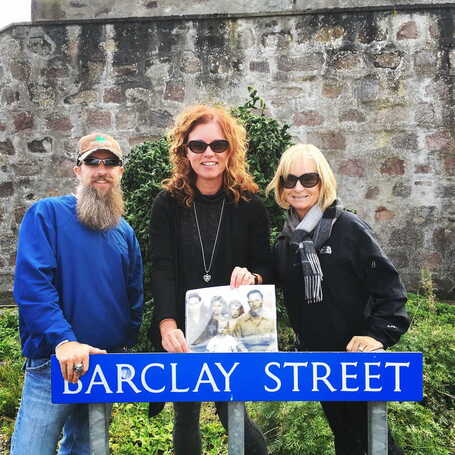
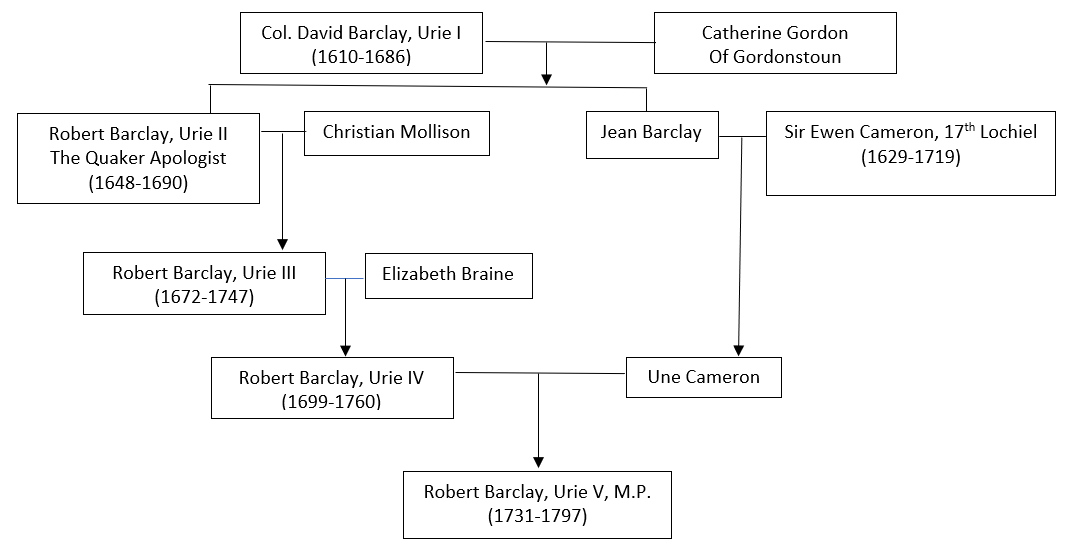
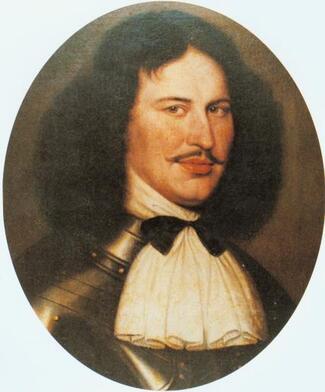
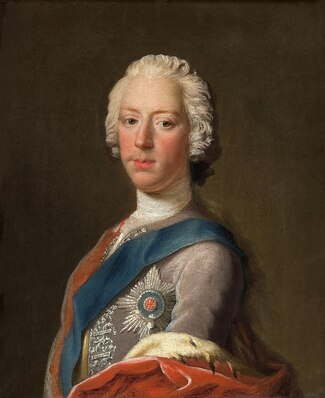
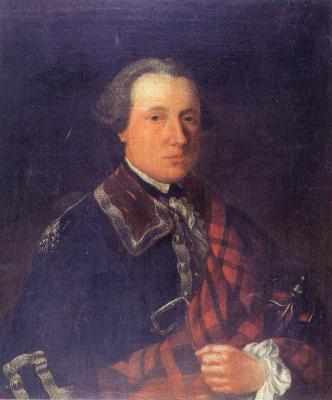
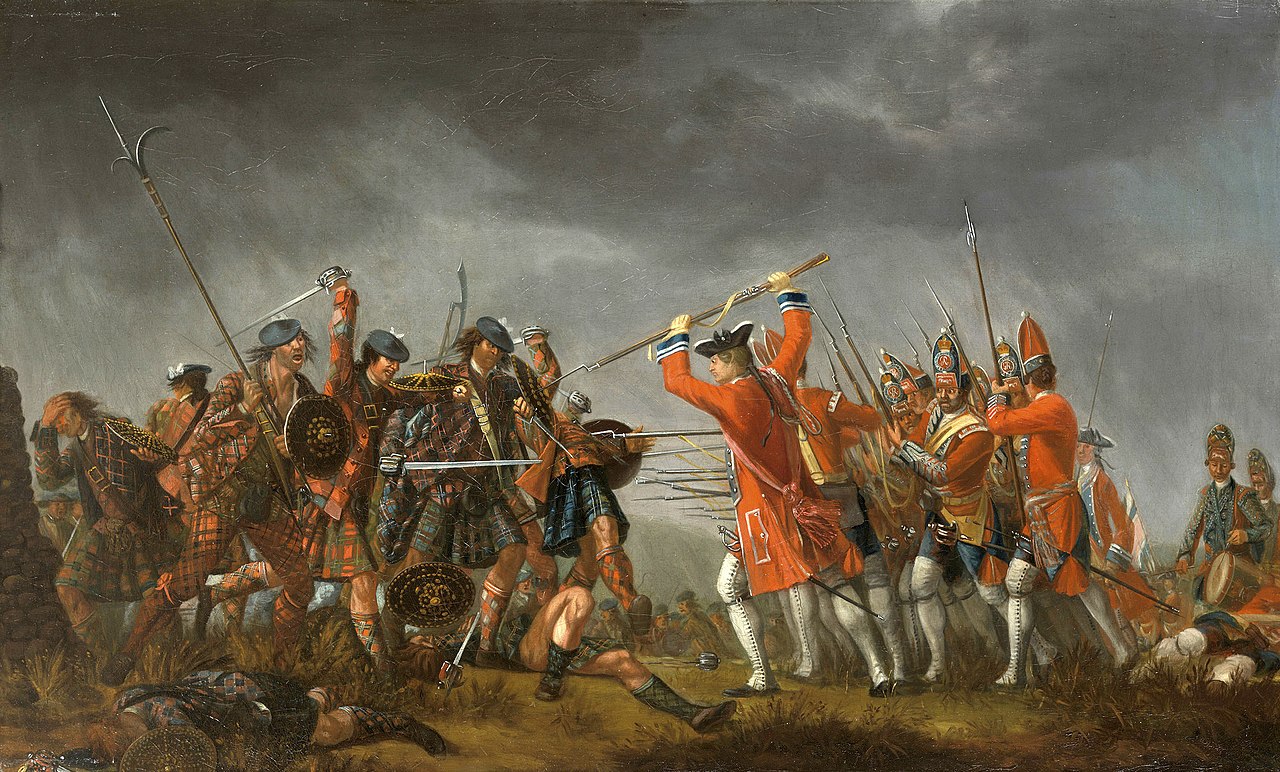
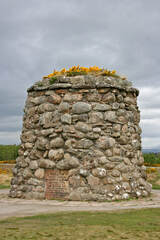
 RSS Feed
RSS Feed